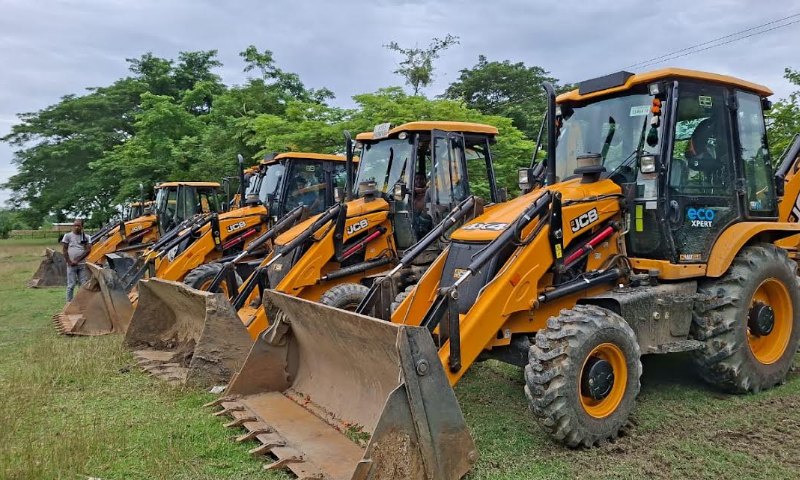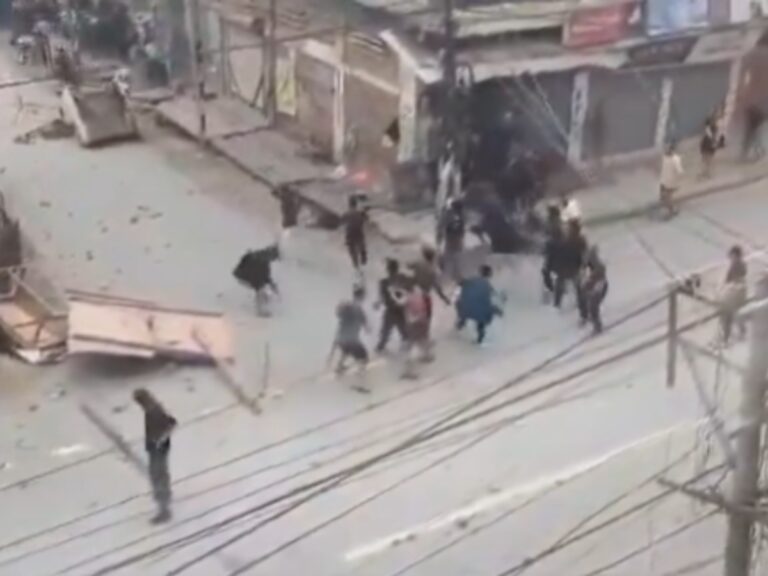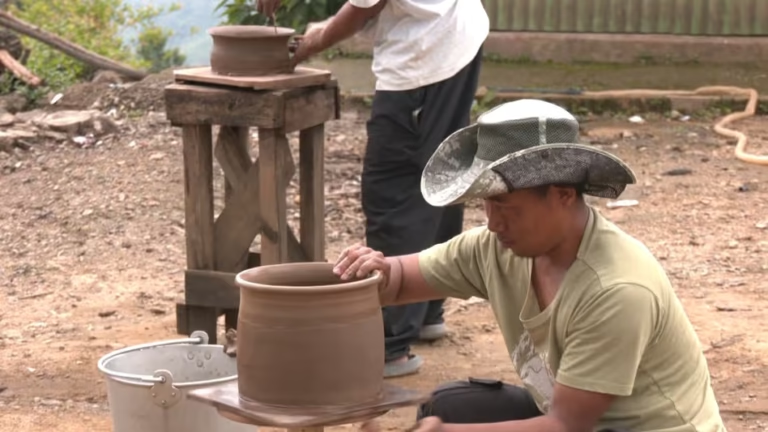ASSAM PLANS MASSIVE EVICTION IN URIAMGHAT: NSCN-NIKI ACCUSES GOVT OF SEIZING NAGA LAND UNDER ‘ILLEGAL SETTLERS’ TAG
SUMMARY
The Assam government has announced a large-scale eviction drive in the Uriamghat area of Golaghat district, claiming the land is illegally occupied by “encroachers.” However, the NSCN (Niki Sumi faction), a Naga insurgent group, has strongly opposed the move, accusing the state government of attempting to seize traditional Naga lands by branding legitimate indigenous occupants as “illegal settlers.” The issue has reignited tensions between the Assamese administration and the Naga community, raising concerns about land rights, tribal autonomy, and the fragile peace in Northeast India.
THE LONG READ
1. The Eviction Plan That Shook Uriamghat
Imagine waking up to find that your home—your land, your roots—is now labelled as “encroached.” That’s the reality facing hundreds of people in Uriamghat, a border town in Assam’s Golaghat district. The Assam government has laid out plans for a massive eviction drive in the area, targeting what they claim are “illegal settlements.”
But here’s the twist: many of these so-called “illegal settlers” belong to the Naga community, who say they’ve been living there for generations. To them, this isn’t encroachment. This is home.
2. Who’s Saying What? The Government vs. NSCN-Niki
Let’s break it down.
The Assam Government’s Stand: The official claim is that unauthorized encroachment has been growing in Uriamghat, threatening forest lands and state property. The government insists it’s simply reclaiming public land and enforcing the law.
The NSCN-Niki’s Response: In a fiery statement, the NSCN (Niki Sumi faction) called the move a strategic attempt to grab ancestral Naga land under the false pretext of legality. They argue that the eviction is not about “law and order” but about pushing Nagas off their traditional land—land they believe belongs to their people, not the Assam state.
Now, the big question: Who’s right?
3. A Deeper Dive Into the Uriamghat Conflict
Uriamghat isn’t just any patch of land. It’s located right along the Assam-Nagaland border, an area that has seen decades of disputes over territorial claims. Clashes, both political and violent, have occurred over the years—sometimes even fatal ones.
Many families living in these border zones identify more with Naga culture and community than Assamese administration. But because of administrative demarcations, they fall under Assam’s jurisdiction. And that’s where things get messy.
It’s a tale as old as colonial maps—borders drawn without cultural context, splitting ethnic groups across artificial lines. The Uriamghat situation is the latest chapter in that story.
4. Eviction or Erasure? What’s Really at Stake
Let’s not sugarcoat this: eviction isn’t just about removing huts or structures. It’s about erasing people from land they believe is rightfully theirs. The NSCN-Niki faction is calling this a direct threat to Naga identity, and frankly, it’s hard to argue with their fear.
What happens when indigenous people are stripped of their land in the name of governance? You risk igniting ethnic tensions, fracturing peace accords, and violating tribal land rights that have existed long before modern India’s borders were drawn.
Final Thoughts: Whose Land Is It Anyway?
Land in India is never just land. It’s memory. It’s identity. It’s struggle. And nowhere is that truer than in the Northeast. The Uriamghat issue is more than just an eviction drive. It’s a mirror showing us the cracks in our system, our politics, and our priorities.
The real question isn’t whether these people are “legal” or “illegal.” It’s whether we’re willing to listen before we label, to respect before we remove, and to understand before we act.
Because if we don’t, we’re not just losing land—we’re losing trust, community, and maybe even peace.
FAQs
1. What is the main reason behind the eviction drive in Uriamghat?
The Assam government claims it’s removing illegal encroachments from state-owned land. However, locals and Naga groups argue these are ancestral lands wrongfully claimed by the state.
2. Who is NSCN-Niki, and why are they involved?
NSCN (Niki) is a Naga insurgent group. They have spoken out against the eviction, claiming it’s a disguised land grab targeting indigenous Naga people.
3. Why is Uriamghat a sensitive area?
Uriamghat lies along the disputed Assam-Nagaland border, which has a long history of territorial conflict, cultural overlap, and unresolved ownership claims.
4. Are these evictions legal under Indian law?
Legally, if land is encroached without government approval, eviction is permissible. But in tribal contexts, traditional land rights often clash with formal laws, creating a grey area.
5. What could be the long-term impact of these evictions?
If mishandled, the evictions could reignite ethnic tensions, destabilize peace in the region, and worsen trust between tribal communities and the state.






